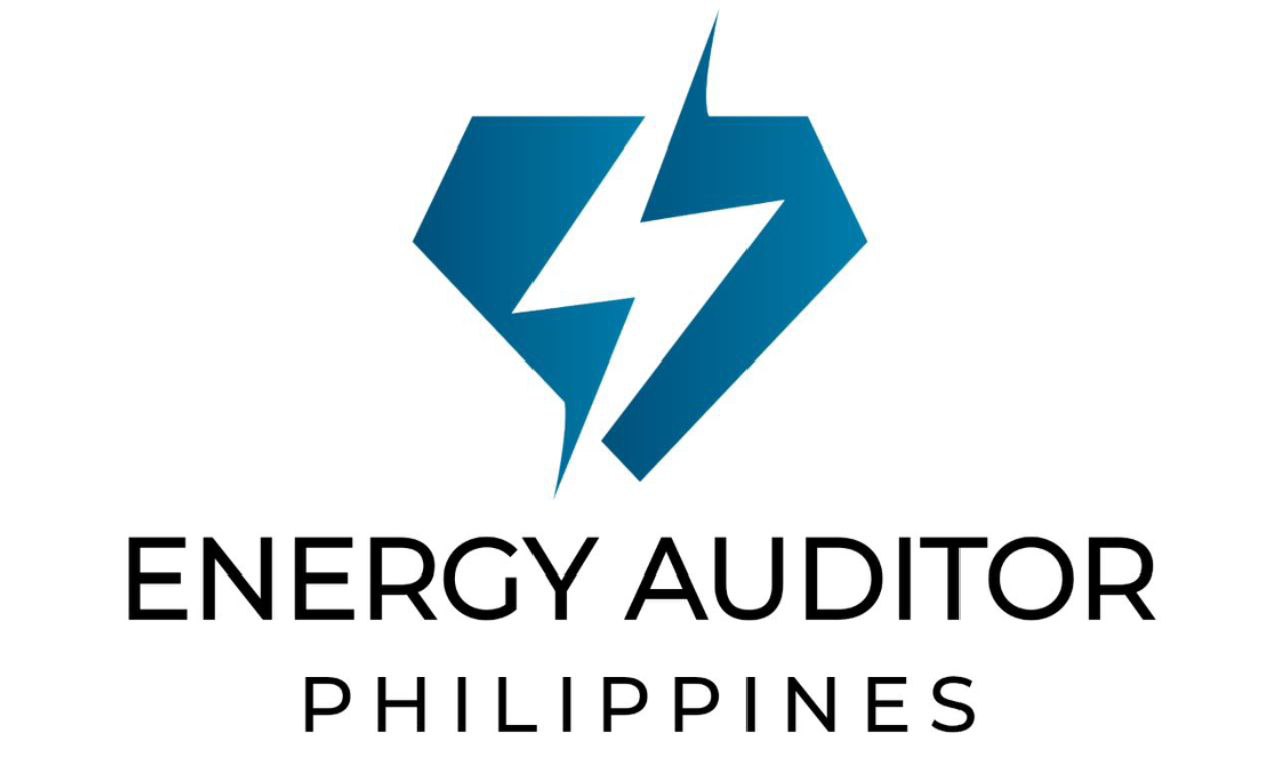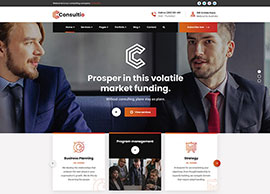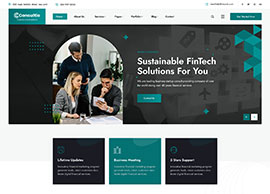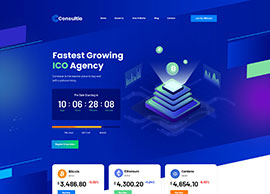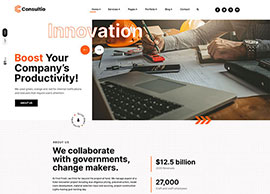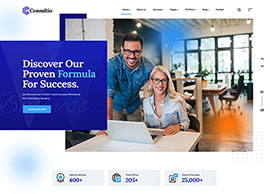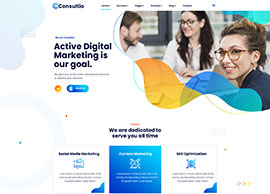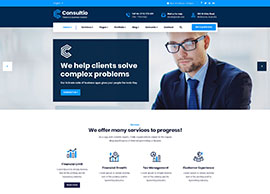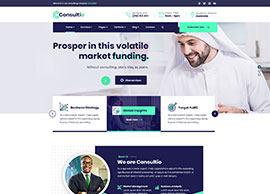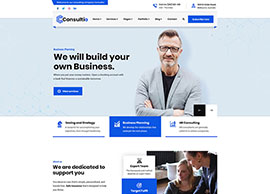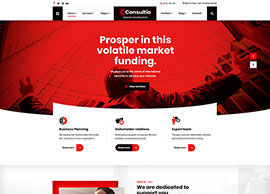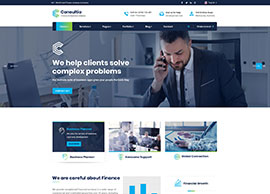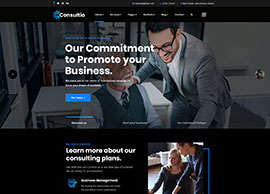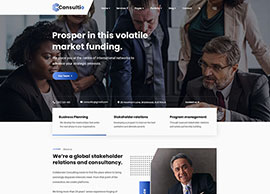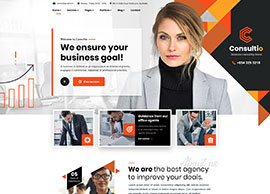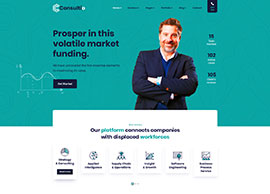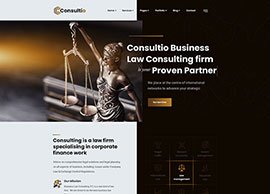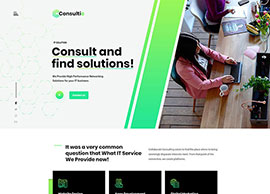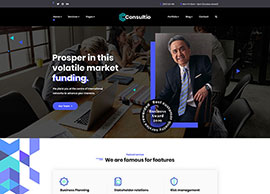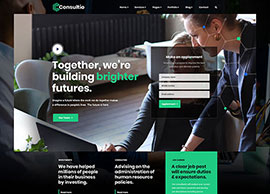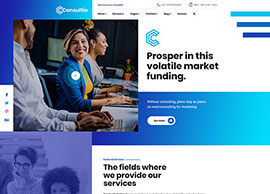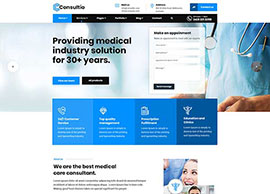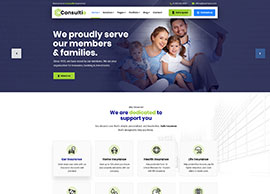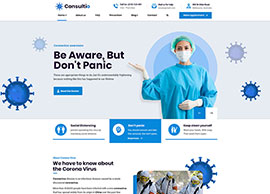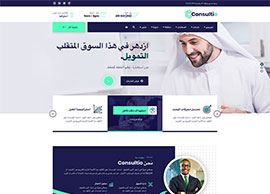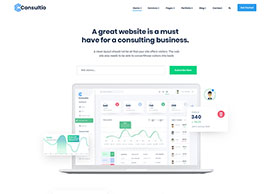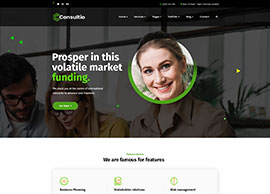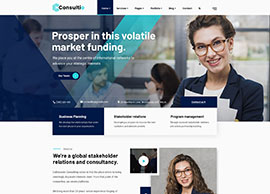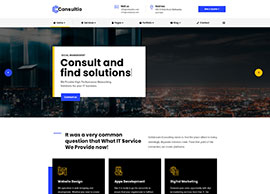As the world becomes increasingly focused on sustainability and the need to mitigate climate change, businesses must find ways to manage their energy usage more efficiently. This shift is not only a response to environmental concerns but also to the growing regulatory demands and economic advantages of energy management. In the Philippines, the implementation of Republic Act (RA) 11285, or the Energy Efficiency and Conservation Act, is a critical step in driving energy efficiency across various industries. This act requires companies to integrate energy management systems (EnMS) in alignment with global standards such as ISO 50001. To stay ahead of the curve, businesses must understand the future of energy management and how they can adapt to these evolving expectations.
1. Understanding RA 11285 and ISO 50001
RA 11285 mandates the establishment of energy efficiency and conservation programs for businesses, promoting energy savings, reducing greenhouse gas emissions, and lowering operational costs. It sets the framework for businesses to not only comply with regulations but also to optimize energy usage in a sustainable manner.
ISO 50001 is the international standard for energy management systems (EnMS). It provides organizations with a structured approach to improve energy performance, increase energy efficiency, and reduce costs and environmental impact. By adopting ISO 50001, businesses ensure they are meeting the standards required under RA 11285, while also achieving long-term operational and environmental benefits.
2. Key Strategies for Adapting Energy Management Systems
To effectively adapt to the requirements of RA 11285 and the ISO 50001 standards, businesses must implement strategies that integrate energy management into their day-to-day operations. Here are some strategies to consider:
a. Establish an Energy Management Policy
An energy management policy sets the foundation for all future energy-related activities within a business. The policy should align with the company’s overall sustainability goals and support the objectives of RA 11285. It must clearly define energy-saving targets and outline the roles and responsibilities of team members in managing energy consumption.
b. Conduct Energy Audits and Assessments
A comprehensive energy audit is an essential first step in understanding a business’s energy usage. By identifying inefficiencies and areas for improvement, an audit will help prioritize energy-saving measures and investments. Conducting regular energy assessments will ensure that businesses continuously monitor performance and adjust their practices to meet targets.
c. Implement a Data-Driven Approach
Modern energy management relies on accurate data to track energy consumption and identify patterns. Businesses should invest in smart meters, energy monitoring software, and Internet of Things (IoT) solutions to gather real-time data on energy use. By analyzing this data, companies can pinpoint inefficiencies and optimize their energy usage to align with ISO 50001 principles.
d. Employee Training and Engagement
Energy management is not just about technology and systems; it also requires a cultural shift within the organization. Businesses must engage employees at all levels in energy efficiency efforts. Regular training sessions and awareness campaigns can help employees understand the importance of energy efficiency and encourage them to adopt energy-saving practices in their daily work.
e. Integrate Renewable Energy Sources
Adopting renewable energy is not only good for the environment but also a way to meet energy efficiency targets and reduce dependence on conventional energy sources. Solar panels, wind turbines, and biomass energy systems can be integrated into a business’s energy infrastructure. For businesses operating in the Philippines, RA 11285 encourages the use of renewable energy, offering potential savings and long-term sustainability.
3. Best Practices for Integrating Energy Management Systems
Businesses that successfully integrate EnMS and comply with RA 11285 often follow a set of best practices. These best practices ensure that energy management is efficient, effective, and aligned with regulatory standards:
a. Commit to Continuous Improvement
ISO 50001 emphasizes the importance of continuous improvement. Businesses must regularly review and refine their energy management practices to ensure they stay on track to meet energy-saving targets. This includes setting new goals based on performance data and conducting periodic reviews of energy performance indicators.
b. Leverage Technology for Automation
Automating energy management processes can significantly reduce energy waste. For example, implementing automated lighting and HVAC systems that adjust according to occupancy can minimize energy usage. Smart technologies that use artificial intelligence and machine learning can optimize energy consumption in real-time, helping businesses adapt to changing conditions.
c. Collaborate with External Experts
Partnering with energy consultants and auditors can help businesses navigate the complexities of ISO 50001 and RA 11285 compliance. External experts can offer valuable insights, assist with audits, and provide guidance on the best technologies and systems for energy management.
d. Set Clear Metrics and KPIs
To ensure success, businesses must establish clear metrics and key performance indicators (KPIs) for energy usage. These should include both short-term and long-term energy goals, such as reducing consumption per unit of production or achieving a certain percentage of renewable energy use. Regularly tracking these metrics will help companies measure progress and take corrective actions when necessary.
4. The Business Case for Energy Management
The future of energy management is not just about regulatory compliance—it’s also about creating a competitive advantage. By adopting an energy-efficient strategy, businesses can reduce operational costs, improve their sustainability credentials, and gain a reputation as environmentally responsible. This can attract customers, investors, and stakeholders who value sustainability. Moreover, energy efficiency can help businesses avoid energy price volatility, particularly as renewable energy sources become more mainstream.
The future of energy management is centered on innovation, regulation, and sustainability. As businesses navigate the requirements of RA 11285 and ISO 50001, they must adopt strategies that integrate energy management into every aspect of their operations. By doing so, businesses not only comply with legislation but also position themselves as leaders in the drive for a more energy-efficient and sustainable future.
To thrive in this evolving landscape, companies must embrace technology, involve their workforce, and continuously improve their energy practices. Those that take these steps will not only reduce their environmental footprint but also reap the financial and reputational rewards of becoming more energy-efficient and sustainable organizations.



